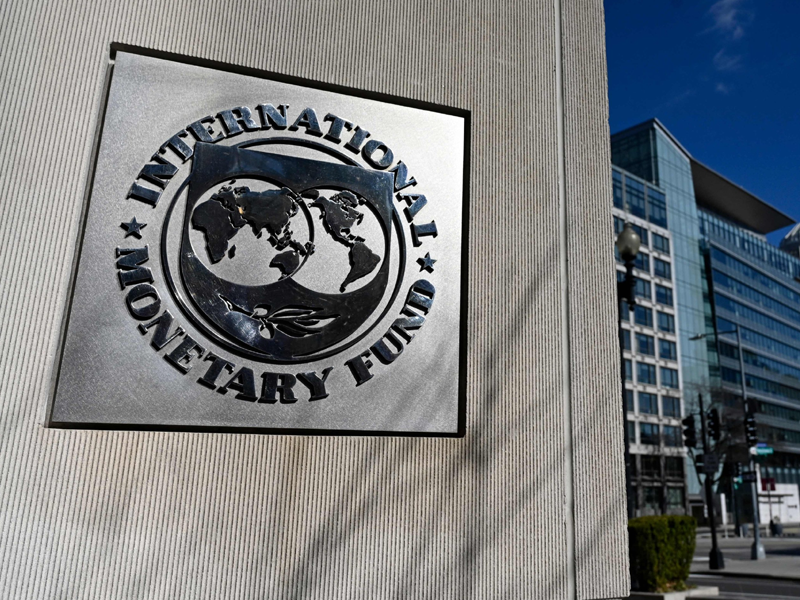Expectations dashed to ground

- 338
- 0
Though it was highly expected that after the approval of IMF bailout and transfer of dollars into our accounts, the rupee will strengthen again US dollar, but that is not the case in real sense of the word. Initially the Pak rupee gained some strength but now it is again on the losing streak and the local currency fell by Rs1.64 in the interbank market on Tuesday.
According to the data released by SBP, the Pak rupee closed at Rs229.82 per US dollar, which is equal to a depreciation of 0.71 per cent this week. It was expected that Pak rupee will gain at least 20 against one US dollar after the IMF tranche but that did not happen which is a matter of concern.
The local currency has fallen by a substantial Rs9.2 since Sept 3 and it closed the last week on Rs228.18. This losing streak is contributed to a number of factors like the expected rise in import bill in the wake of floods devastations in the country. On the other hand, the friendly countries had pledged to help us financially after the IMF tranche arrives in our deposits but they did not kept their promises as yet and it remains to be seen how the country comes to term with the situation arising out of the commitment not fulfilled by the friendly states. The ongoing political instability in the country and our whopping foreign loans burden which are going beyond our capacity to pay back have driven the friendly countries on back foot and they seem to be hesitant to provide finances any more as they fear that our country is not in a position to pay back the same.
The current IMF aid stands at $1.16bn but financial experts term it inadequate to turn around the destiny of the rupee which has suffered a lot during the last few years. And it seems that the local currency will remain under pressure in times to come unless a miracle happens. As a matter of fact, experts say that we have only delayed the default by getting the IMF bailout but it does not mean that we are out of the financial woes. In fact, after some time, the issue will be there and we will be facing a default-like situation in near future as well. Just imagine, we require $40 billion in payment for the international dues in the current fiscal year, but the availability is not clear and it seems the government could not arrange for the repayment and resultantly the financial woes will continue to multiply.
The government ban on some imports also could not solve the issue of foreign exchange reserves as now the some unscrupulous traders have turned to smuggling of the same goods through Afghan Transit Trade and as such the national exchequer is facing huge losses due to smuggling of goods through this illegal channel. Since the mode of payment for smuggled goods payment is in cash so the demand for dollar is rising and the rupee's value is shrinking further.
On the other hand, our main cash crop i.e., cotton has been damaged by flash floods which has also caused huge losses to the national exchequer as cotton is our main source of foreign reserves due to its export’s quality. One more fact is the extremely low interest on foreign currency accounts due to which we are not attracting new FCY deposits, so the issue is multi-dimensional and it cannot be viewed and solved in isolations. Meanwhile, the floods have starting taking toll on our economy and recent reports say that the country will see a decrease in growth of Gross Domestic Product (GDP badly which can be gauged from the figure i.e. from five per cent to three per cent which will further fuel the economic malaise. Thousands of houses, livestock, animals, and standing crops have been washed away by the flash floods. Infrastructure has been badly damaged in the form of bridges, railway tracks, roads and small dams as well. According to the National Disaster Management Authority (NDMA) data, an estimated 1.7 million homes have been washed away by floods, while over 6,600kms long roads, highways and 269 bridges, small dams and lakes infrastructures has been destroyed. The current flash floods are more severe in nature and they have affected almost all the provinces from Gilgit to KPK, Punjab, Balochistan and Sindh provinces.
The current floods devastation are unprecedented in nature as compared to the 2010 floods which had affected 20 million people but this time over 34 million people are affected by the current floods while the devastations re still going on in Sindh where DADU, Sukkur, Badin, Bhan Saeedabad and other district is badly affected by the flash-floods. The current flash floods are more severe in nature and they have affected almost all the provinces from Gilgit to KPK, Punjab, Balochistan and Sindh provinces. The purpose to say is that with such devastating effects of floods, our economy is going to nose-dive and the rupee is going to further depreciate unless drastic help arrives from abroad.
Published in The Daily National Courier, September, 14 2022
Like Business on Facebook, follow @DailyNCourier on Twitter to stay informed and join in the conversation.

















































